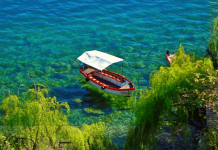One of the relatively new water sports is river surfing. It originated in the late 1970s, but the sport might not be commonly known yet.
River surfing offers a different kind of thrill from the common sea or ocean surfing. Learn more about how river surfing started and what types of river waves affect the surfers’ experience.
Also, check below what dangers river surfing has and how to avoid them. Lastly, let’s explore the best and popular surfing sites in the world.
- Start Of River Surfing
- Types Of River Waves
- Threats Of River Waves
- Safety Measures For River Surfing
- Best River Surfing Sites
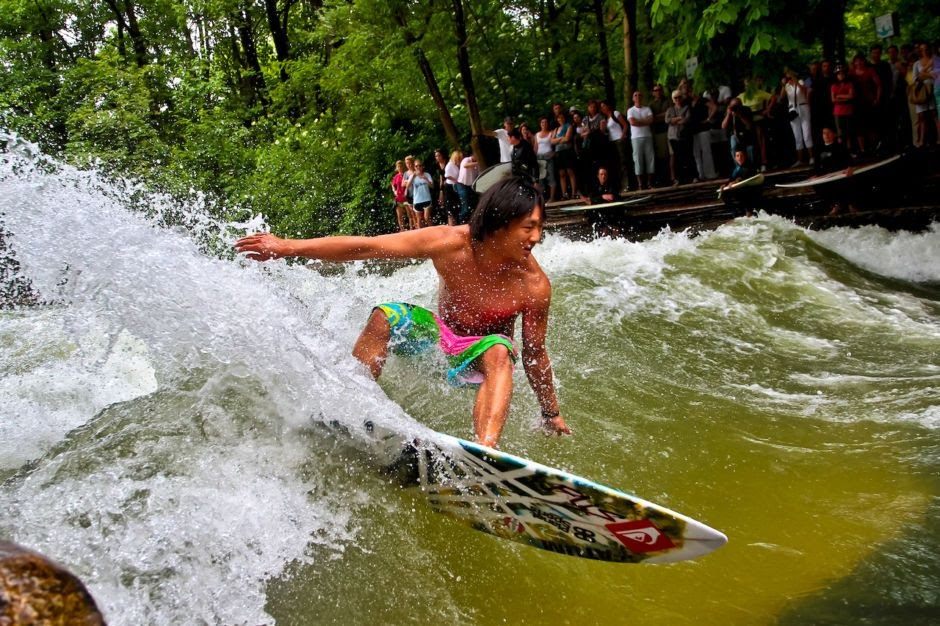
Start Of River Surfing
Mimicking surfing on the sea is the original idea where river surfing started. In some places, a river is their closest body of water, and people tried to utilize what they have. Luckily some rivers have the perfect qualities for surfing, like the height of waves and depth of water.
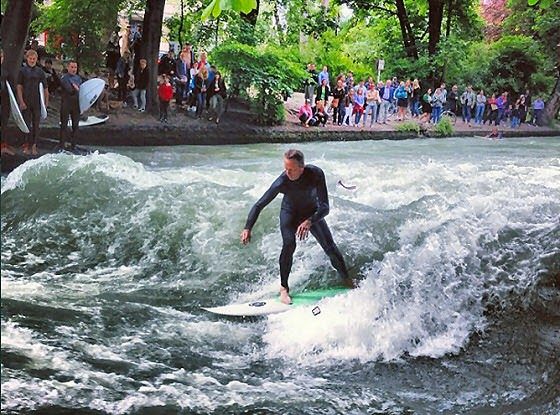
There are claims that river surfing can be dated back to the 1950s along the River Severn in Great Britain. It is believed that in 1955, surfers rode 2.4 kilometer-long water along the tidal bore in the river. River surfing is now considered a sport because of its popularity that started in the 1970s.
Some adventurous surfers tried riding the standing waves of the Eisbach River in Munich, Germany. They balanced on wooden planks while gripping tightly on ropes attached to a bridge.
At present, many surfers try several rivers in different countries to see if there are viable surfing spots. The popularity of the sport spread widely as many river surfing sites came to fame. People are now becoming more interested in river surfing.
River Surfers
River surfing entails several dangers and threats to the surfers. It is advisable that those who would like to try river surfing must be a professional surfer geared with protective equipment and has a team to help in case of emergency.
Sea surfing is way different from river surfing because of the current of water, depth of water, and other objects under the water. Thus, it is expected that river surfers are well-experienced and knowledgeable of river surfing.
Though there are river surfing sites that are open for people not experienced in surfing, professional surfers usually run the place to guide these people who would like to experience the thrill of river surfing.
Types Of River Waves
They say that river surfing experience, preparations, and safety protocols vary in different river wave classifications. There are three main types of river waves: standing waves, tidal bore, and upstream river waves. So, river surfing sites in different countries have different river waves.
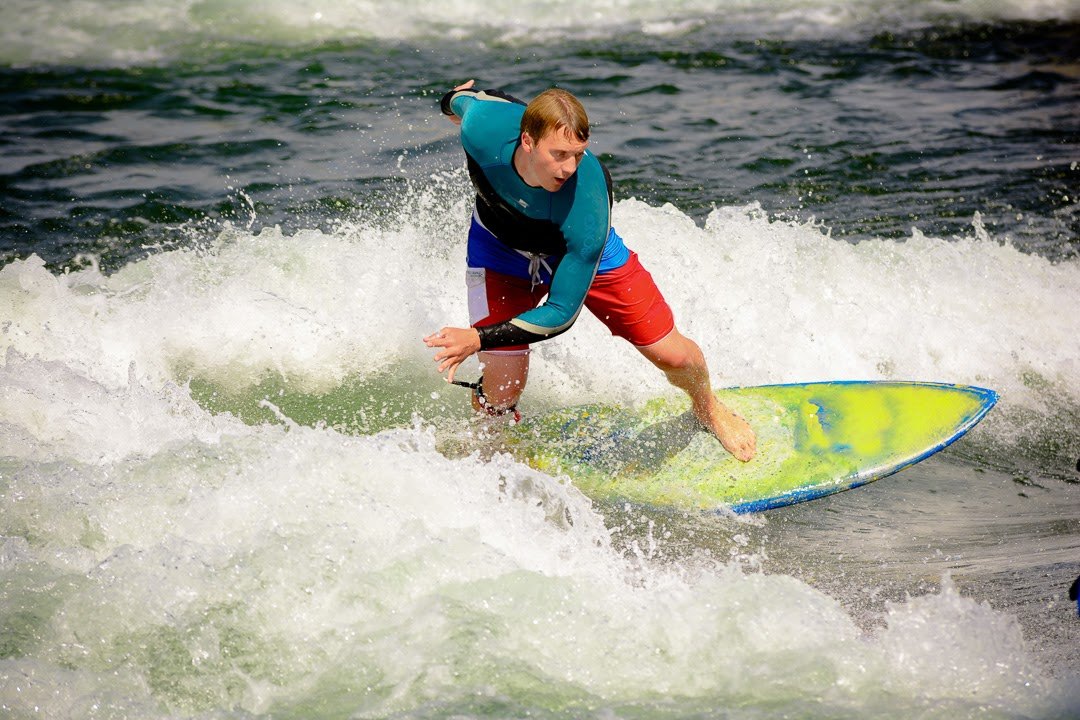
Let’s firstly look at the standing waves that refer to stationary waves in the river. This phenomenon of wave movement is caused by a high volume of water being constricted by a rock in the path; thus, it creates a massive wave behind.
Surfers usually face upstream and ride the upcoming wave with a feeling of traveling fast due to the movement of the wave. But, the surfers do not move because they wait for the wave to come, catch it, and remain in the same spot.
Meanwhile, upstream river waves are caused by ocean swells and not by the rising tides. These waves may look like a tidal bore because they start with the ocean and crash into the river.
Tidal Bore
The third type and rarest type of river wave is a tidal bore. This phenomenon only happens in a few places globally, and many occur only once a year. Tidal bore occurs only in areas with a large tidal range of six meters between high and low waters.
A tidal bore is high, robust, and consistent because of the funnel-type effect on the riverside. The upcoming tides are being funneled into a shallow and broad bay. The height and impact of a tidal bore are a great opportunity for river surfers.
One interesting thing about a tidal bore is that it creates a roaring sound caused by front bores and whelps, entrapped air bubbles, sediment erosion, and many more. So, people can easily distinguish a tidal bore from a usual upstream river wave because of the particular sound.
Threats Of River Surfing
As mentioned, there are many threats to a river surfer because of the conditions of the river, so it is expected that people follow the utmost safety protocols. These dangers can cause minor injuries or physical wounds, but some severe cases can lead to death.
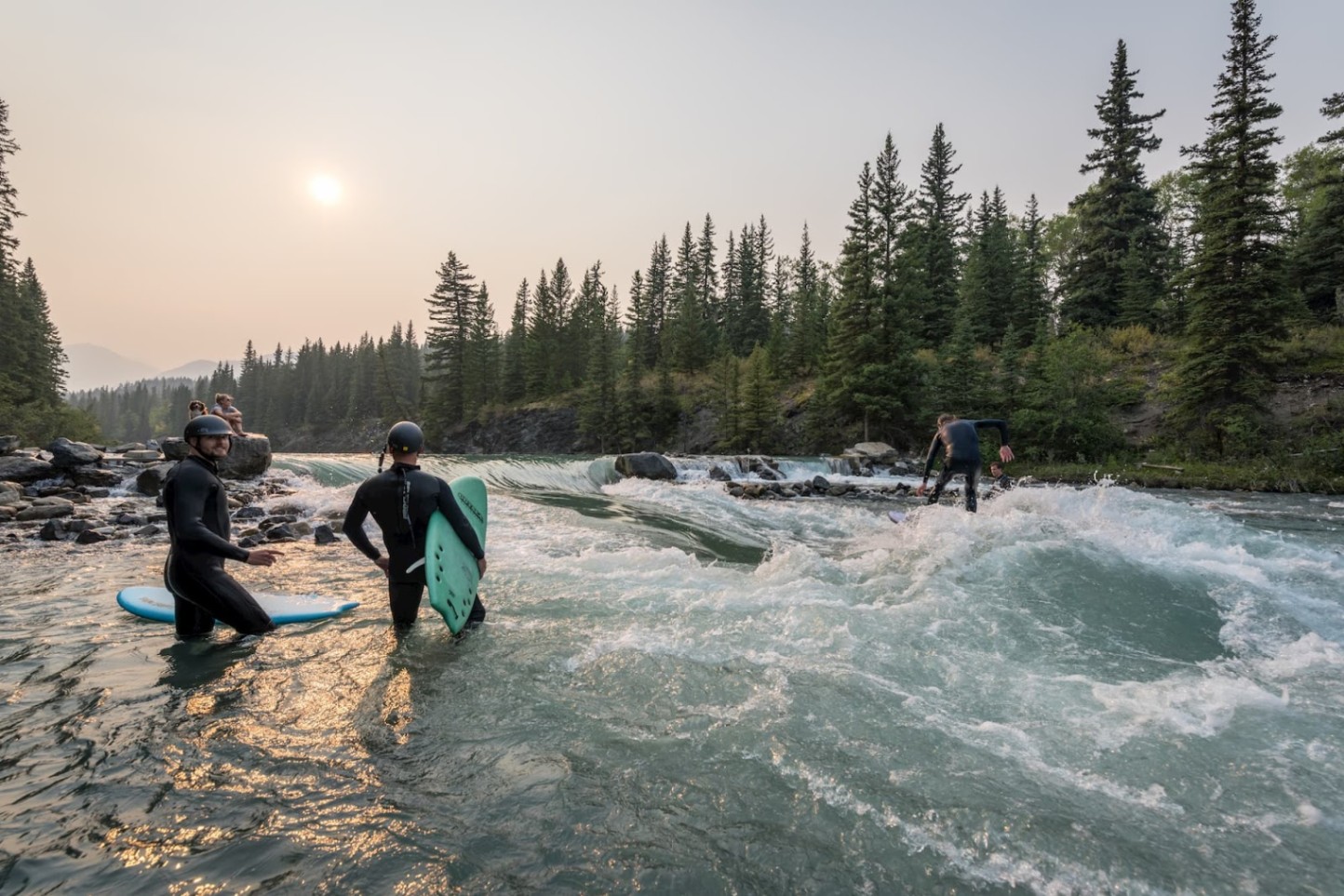
Unfortunately, there are already numerous reports of deaths caused by river surfing. The most common causes are hypothermia, blunt trauma, and drowning. Cases of hypothermia are usually caused by the temperature of the place and the river water.
The most common danger is blunt trauma because objects in the river can cause physical injuries to the surfers. Rivers carry things like woods, rocks, and even metal sheets, so there might be cases that a single slip on the plank can cause an injury.
Also, the river water is generally murky or not clear, so the surfers cannot see the objects below the water. There might be chances that the surfer will fall directly to a sharp rock or wood on the side of the river or at the bottom of the river.
Drowning While River Surfing
Drowning is the leading reason for the deaths of river surfers. There are many instances that even experienced surfers drown in rivers because of the unpredictability of the water, like the inconsistency of waves.
Aside from the inconsistency of waves, another possible reason is the water flow pressure in the river. Some rivers have a strong general current that swimming against the current is impossible, and even floating is challenging.
These currents can carry the surfers, which can cause physical injuries because the surfer might crash into big rocks along the way. Drowning is also common because surfers cannot see underwater, so they cannot gauge how deep they are in the water.
Safety Measures For River Surfing
Since river surfing is now becoming more open to the general public and not only limited to professional surfers, there are strict rules implemented to ensure the safety of everyone. They say that even experienced surfers must still follow these rules because of the imminent danger the sport poses.
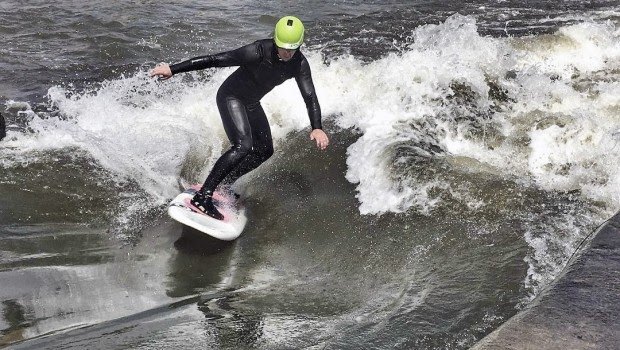
There are ways in which these threats can be avoided. First, hypothermia can be avoided by wearing a wetsuit because the thickness of the suit can keep the surfers warm. It also adds buoyancy so that people can surf for a more extended period.
Protective gear is also advised, especially the helmets, neoprene boots, and gloves. Helmets protect the head of the surfers from a possible brutal impact on a sharp rock or object. The boots and gloves can protect the hands and feet from wounds.
Also, make sure that the surfboard is appropriate for river surfing. The sea surfing boards are not suitable for river surfing because you need a short and lightweight surfing board. Lastly, avoid epoxy surfboards since rocks can easily damage them by mere contact.
Other Safety Measures
The primary way of avoiding drowning is by having floating devices or impact vests. When a surfer reaches the bottom of the river, the vest will find a way to float the surfer above the water. So, there will be a minimal effort of the surfer to rise above.
The concern now is how to above sharp objects and rocks that the surfer may bump into, causing physical injuries. Ropes can help the surfer, but they can also cause further harm. A fallen surfer can hold on to a rope, but the surfer gets entangled with a rope.
The entanglement of a surfer to a rope can cause drowning if the surfer cannot remove the rope from any parts of his body. It is also heavily advised to have teams respond in case of any emergency. They must be trained for rescue and first aid.
Best River Surfing Sites
Since river surfing is on the rise, people now have many options to enjoy this thrilling sport. Check out below the best and most famous river surfing sites in the world.
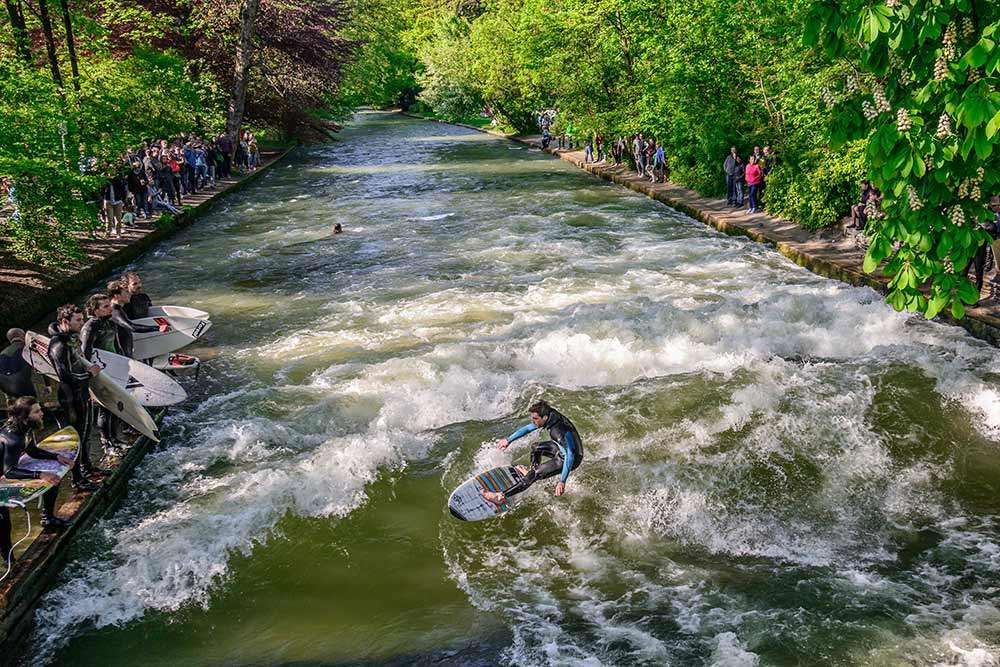
It is recommended to try river surfing where they say the sport was born – the Eisbach River in Munich. It is now one of the most urban river surfing sites. Enjoy the cold waters of the river together with thousands of tourists visiting the site annually.
For those who are in the United States, make sure to check out the Bend Whitewater Park in Oregon. Interestingly, it has four waves of varying difficulties. So, it can cater to everyone because it has waves for people who are not experienced in surfing.
For those who are looking for a tidal bore, the Amazon River is a great choice. Tidal bores are common to the Amazon River, so one great site to enjoy waves reaching 15 feet is Pororoca. Though, it is one of the most dangerous river surfing sites out there.
Other River Surfing Sites
In Huangzhou, China, the Qiantang River is also a famous river surfing site because of the tidal bores. It is known to have that resounding roar coming from the tidal bores. Locally, the tidal bores are called “Silver Dragon.”
The Severn River in England attracts tourists and surfers alike because the waters are great for surfing. Surfers flock to the area, especially during the full moon and new moon days because of the change in tides. The waves here can reach seven feet.
Conclusion
River surfing is a relatively new sport that interests surfers globally because of the new experience from the river waters. The thrill of the surfing experience comes from the types of waves that the river has.
Like any other sport, river surfing poses dangers to surfers that can sometimes lead to death. But, there are still safety measures to counter and prevent these threats from occurring.

























